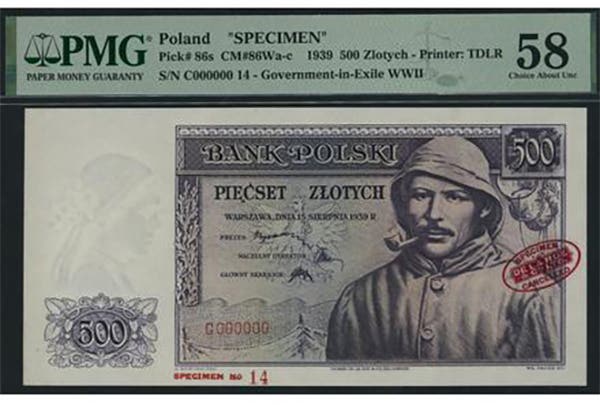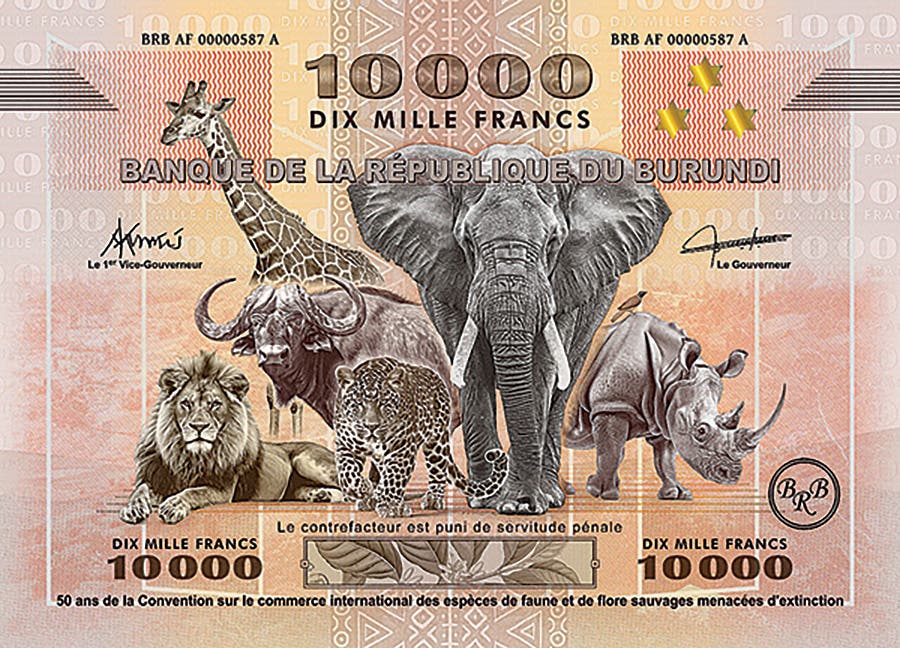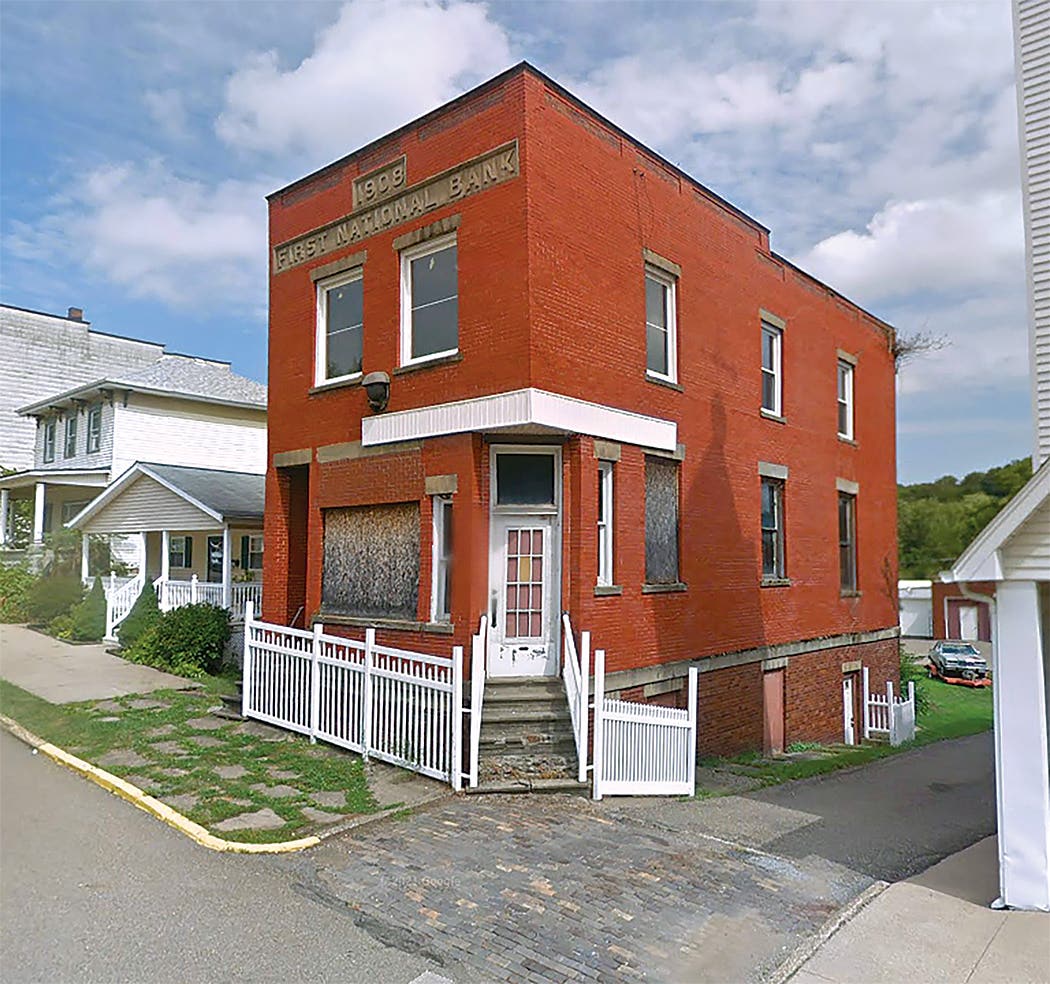Philippine Bank Note Composition Change
Politics continue to impact the materials from which our physical money is made. The Bangko Sentral ng Pilipinas, or Central Bank of the Philippines, is currently involved in a disagreement…
Politics continue to impact the materials from which our physical money is made. The Bangko Sentral ng Pilipinas, or Central Bank of the Philippines, is currently involved in a disagreement with the domestic abaca industry over what material will be used to print future Philippine bank notes.
On Oct. 25 the bank announced it planned to change its peso denominated bank notes to polymer to save production and replacement costs. The announcement pointed out the advantages of polymer for sanitation purposes, to keep ahead of counterfeiting efforts, and to ensure “the production of our bank notes can be made more sustainable.”
The announcement downplayed the impact on the local abaca industry. Abaca is the Philippine word for hemp, a fiber harvested from the stalk of the Musa textilis banana tree. Abaca is used to make tea bags and filter paper in the U.S., but in the Philippines, it is an ingredient in the paper on which bank notes are printed. The security paper is composed of 20 percent abaca and 80 percent cotton fiber.
According to the bank announcement, “The BSP is currently preparing for a limited circulation test of a polymer version of the 1000-piso note (to circulate in parallel with current notes) to assess whether the benefits claimed by other central banks hold true under Philippine conditions. The test will help us determine the effects of polymerization on hygiene and public health, environmental sustainability, as well as the lifespan, durability, and counterfeiting rates of our money.”
The announcement continues, “It will also allow us to collect stakeholder feedback and observe changes in currency handling behavior.”
BSP Deputy Governor Mert Tangonan Tangonan said the shift to polymer bank notes would have minimal effect on the abaca industry, noting that it would impact only 0.2 to 0.4 percent of abaca farming jobs and up to 0.2 percent of total abaca exports.
Philippine Fiber Industry Development Authority Executive Director Kennedy Costales disagrees. In August Costales wrote a memo regarding how the shift would hurt the abaca industry.
Costales wrote, “Abaca, one of our banner crops, is considered a Filipino heritage and pride and therefore should be made known to all Filipinos by promoting it through our money which is being circulated all over the country,” adding, “Abaca is far more resistant to saltwater decomposition than most of the vegetable fibers, making it suitable for rope and cordage manufacture as well.”
Costales further indicated polymer bank notes can also get sticky when wet, making them somewhat difficult to hold and count. The stickiness would also make it difficult for sorting machines to count.”
The Department of Agriculture has shared recommendation of the Philippine Council for Agriculture and Fisheries and the PFIDA to retain abaca in Philippine bank notes with the BSP.
At the time this article was being written the only BSP response was, “The BSP gave its commitment to maintain an open dialogue with key players of the abaca industry and relevant agencies as we carry out the limited test circulation of 1000-piso notes.”








